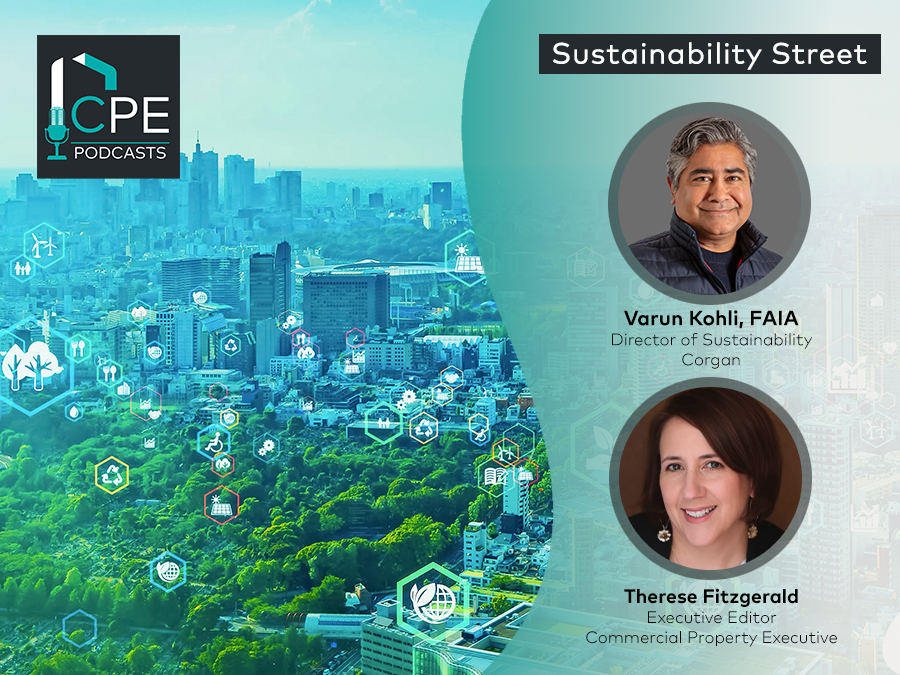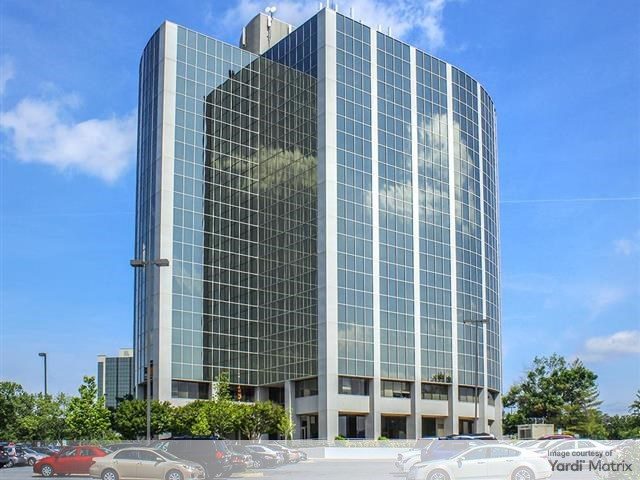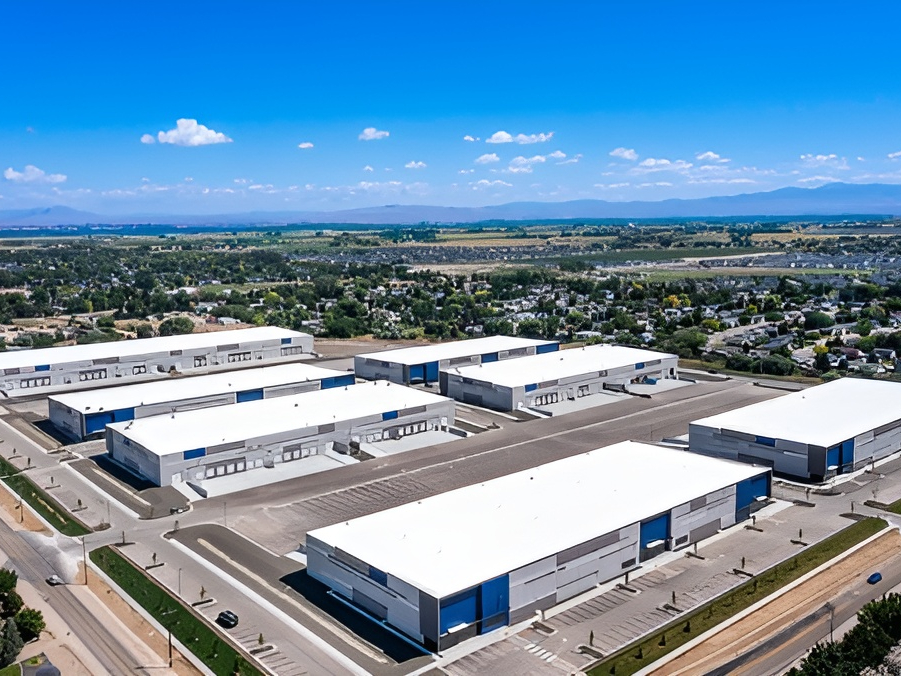Sustainability: Taking on the Challenge of Net-Zero Energy
For the past two years, a federally funded effort has focused on assuring that by 2030 virtually all newly constructed commercial buildings can be characterized as net-zero -- and all commercial buildings 20 years later. By Brad Berton.
By Brad Berton
For the past two years, a federally funded effort has focused on assuring that by 2030 virtually all newly constructed commercial buildings can be characterized as net-zero—and all commercial buildings 20 years later.
Notwithstanding numerous and daunting challenges, the prospects for meeting these deadlines are actually pretty promising. “Four or five years ago, it seemed like such a reach, but now it seems to be happening faster than anyone thought it would,” observed energy efficiency specialist Mark Frankel, technical director with the New Buildings Institute.
On paper at least, participants have managed to combine building technologies and operational strategies to devise about as energy-efficient properties as have ever been erected. And a few are now advancing beyond paper, as buildings billed as some of the world’s most efficient commercial structures are now under construction.
But equipping them with enough on-site power-generation capacity for self-sufficiency is proving trickier in the near term, given prevailing limitations of solar photovoltaic energy-generation technologies. Nor does it help that the grids themselves are not yet ideally configured to efficiently carry juice in both directions.
As efforts to resolve those huge challenges continue, teams of pros are also devising and disseminating solutions to some of the other key roadblocks threatening the 2030 net-zero goal, including developers’ sequential rather than holistic approach to energy efficiency strategy and their expectation for short payback periods.
The underlying goal of all the efforts underway today is to assure that the highest-performing new buildings can effectively compete in the marketplace at their higher-than-average development costs and ultra-efficient ongoing operating costs, Frankel stressed.
As he and others are quick to point out, participants in the net-zero pursuit are making considerable progress in that direction. Wide-varying federally funded activities have already led to demonstration projects that initiative coordinator Diana Lin refers to as “zero energy capable” buildings—structures that are about as energy-efficient as can reasonably be expected but not necessarily equipped with energy-generation capabilities.
Lin is managing director of the National Association of State Energy Officials, which oversees the federally funded Zero Energy Commercial Buildings Consortium. The CBC’s dozen-some working groups have striven to identify all manner of barriers hindering the march toward net zero—and devise corresponding solutions. This includes not only promoting R&D efforts toward achieving critical technological advancements; it also entails efforts to more effectively commercialize available technologies that have not achieved sufficient penetration in the marketplace, Lin added.
And as she and others are happy to report, the United States is now even seeing at least a few futuristic developments that are both incredibly stingy in energy consumption and designed to generate enough solar-sourced power on sunny days to offset the electricity drawn from the grid when the sun is not shining. The 50,000-square-foot Bullitt Center just underway in downtown Seattle is one such property.
The six-story office building is designed to consume less than one-fourth the energy typically needed in similar structures. Hence, its exceptionally high ceilings and full-wall windows that maximize daylighting—not to mention a roof extending over the sidewalk to accommodate its oversize photovoltaic array.
Beyond its efficient design and technologies, the Bullitt Center should give its occupants and managers ample opportunity to instigate and validate new-wave operational strategies, said local sustainability consultant Jared Silliker. “A project like this will hopefully demonstrate that we can engineer like crazy and get heating and cooling costs down to nearly nothing” on a net basis over the course of a given year, the Silliker Partners principal continued. “But it will also provide some much-needed, real-world, ongoing operating experience so we can monitor and tinker and test whether our modeling and estimating are valid.”
As Lin noted, the insightfully combined energy- saving technologies and operational strategies planned for the Bullitt Center illustrate some of the critical solutions the various CBC working groups have identified in tackling key barriers hindering the march toward net-zero. Some of the most meaningful corresponding approaches the professional teams are recommending pertain to integrated design innovations, lifecycle-spanning value engineering and occupant-centered building operations.
Integrated Solutions
One critical strategic adjustment experts stress is to comprehensively integrate multiple energy-efficient features in the design stage, rather than taking the traditional feature-by-feature approach. This entails heavy pre-construction commissioning to coordinate energy-saving components of the building envelope with various other design and mechanical technologies (HVAC, especially)—and with operation strategies as well.
This “comprehensive package of solutions” is essential to optimal performance of high-tech buildings, as automated consumption-monitoring and system controls play increasing roles in minimizing energy use, Lin added. “You can’t rely on the improved efficiency of your HVAC systems alone; you have to take a holistic approach.”
Effective integrated design should include identifying the most appropriate HVAC systems and strategies to coordinate with exterior glazing, building materials and shading devices, added Dr. Dru Crawley, an early leader of the net-zero effort at the Department of Energy who is now a director of sustainability software company Bentley Systems.
Crawley also noted that net-zero technology teams are recommending integration of two particular types of energy-saving technologies: water-based (hydronic) radiant heating and cooling systems, rather than air-based, and “ground source” HVAC systems tapping geothermal energy.
Experts further stress that achieving net-zero status will require for-profit developers to rethink green-premium payback periods and view additional costs of efficiency-generating features from the perspective of a building’s overall lifecycle rather than insisting on quick financial paybacks. “These buildings are going to last for 50 years or more, so why are we demanding three-year payback periods?” Frankel asked. Net-zero efficiency is also going to require even more emphasis on ongoing building operations— including having occupants adjust behavior according to feedback from energy-monitoring systems.
And people will make even better decisions with “actionable feedback”—truly useful real-time information that occupants and building managers can share that will lead to perennially improved energy performance. This entails dissecting the data to assess which specific activities and strategies actually optimize energy use—and spreading the word to stakeholders including utilities, city benchmarking officials and even other building managers, he continued. “People will make good decisions if they have this information.”
Of course, none of these approaches really addresses the ever-perplexing challenge of producing enough energy on site (and sustainably) to offset power purchased from the grid. Absent unexpected technological breakthroughs, the expectation is that solar—and PV in particular —will be the on-site source of choice for developers pursuing net-zero.
Hence, as the commercial building industry strives to widely meet the 2030 goal, the hope is that engineers can bring down costs of PV arrays while also improving their energy-generation capabilities. Movement in either of those directions will help overcome a major impediment: A lot of urban high-rises just don’t have enough rooftop space (or adjacent ground) to accommodate the number of solar panels required for net-zero operations.
Accordingly, CDC working groups are pushing for more of what is referred to as the multi-building approach to net-zero—strategies including connecting small-surface buildings to large-surface structures that can accommodate lots of PV panels. “To a great degree, that’s where the zero-energy approach is moving,” Crawley related. “It’s thinking in terms of what you can do at the community level, rather than just at the individual building level.”
Meanwhile, there is more work to be done at the grid level as well if the 2030 goal is to be achieved. More utilities around the country will have to add so-called smart-grid capabilities so they can accept energy from on-site producers— and accurately account for two-way activity. “The grid is not yet working as it needs to be, and that’s going to remain a great challenge,” Crawley commented. “That’s why we’re seeing the push to a smart grid, to the availability of real-time (consumption) information.”






